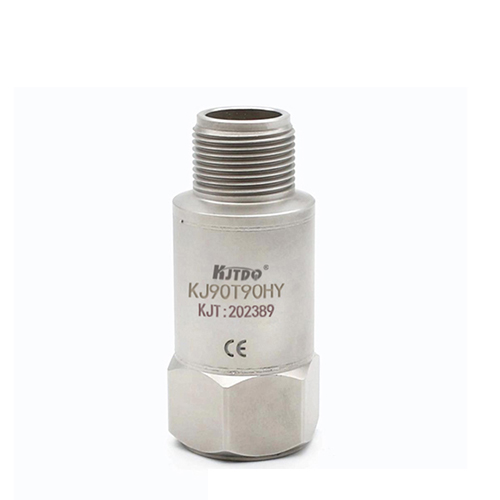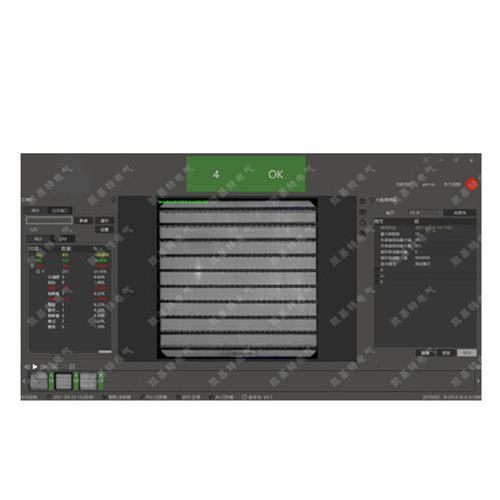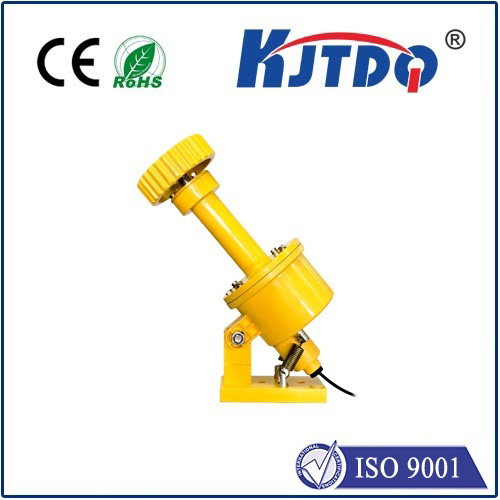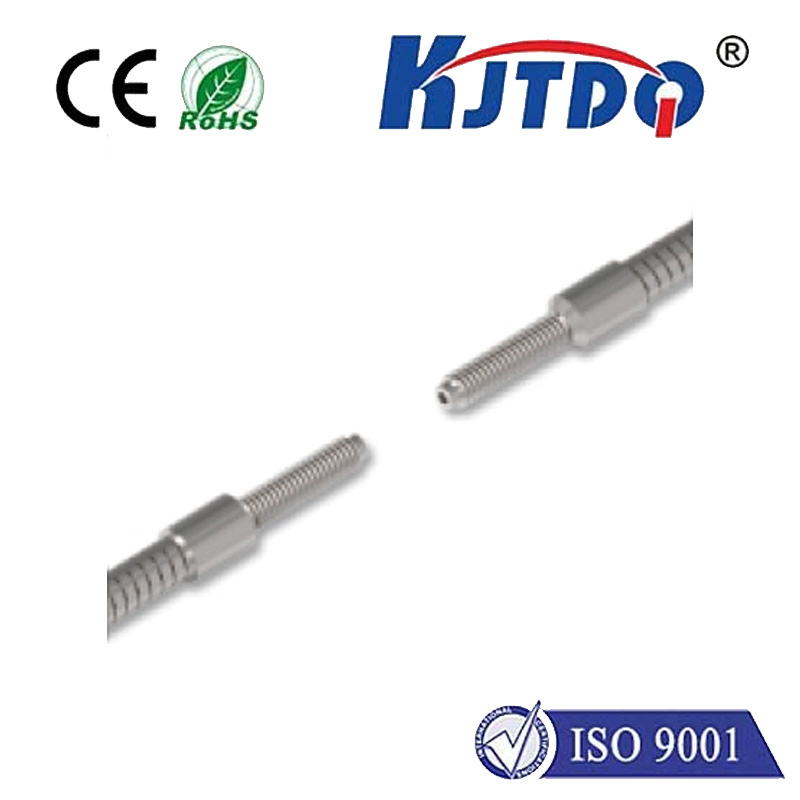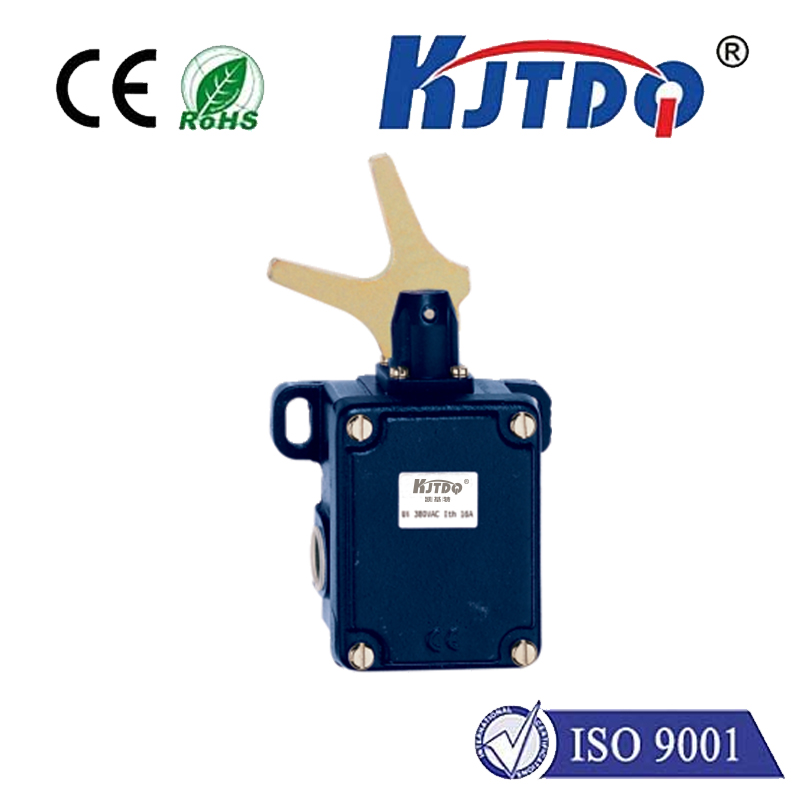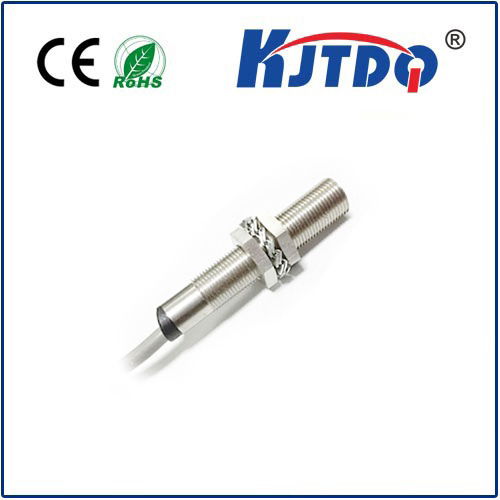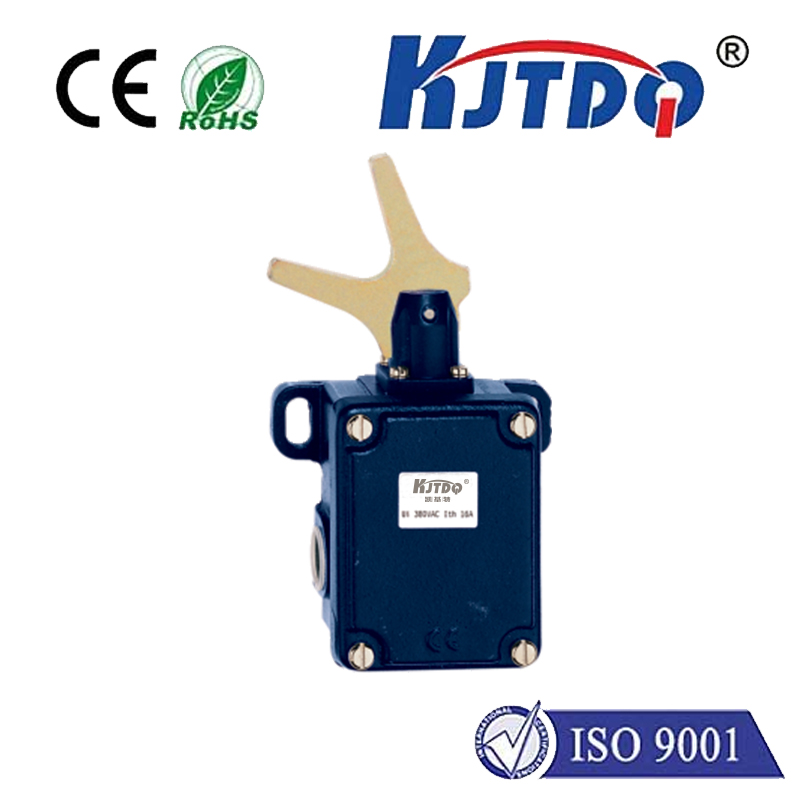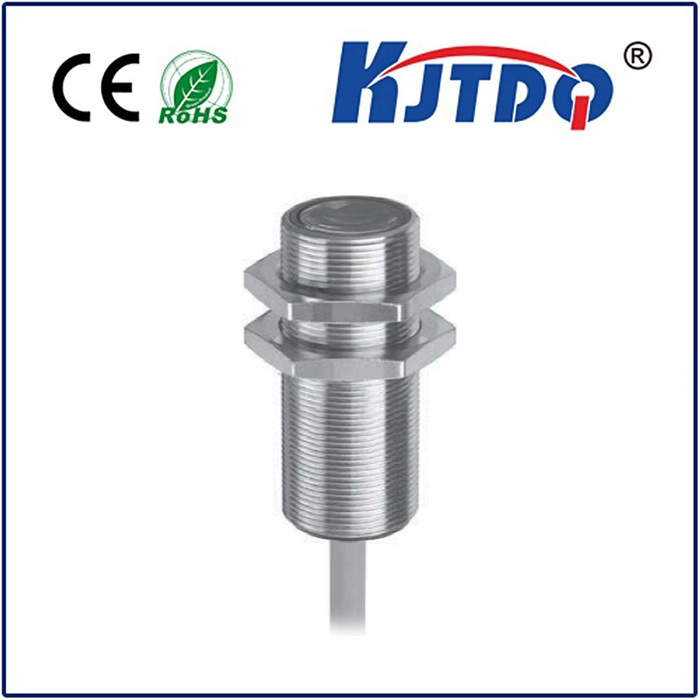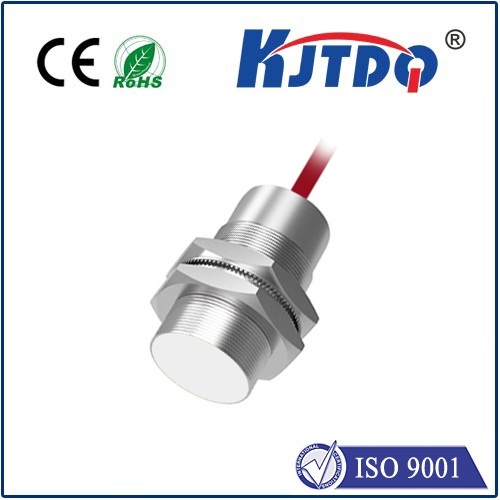360 Датчик приближения
- time:2025-06-18 01:08:06
- Нажмите:0
360 Proximity Sensors: The Key To Seamless Detection In Any Direction
Ever wonder how machines “see” obstacles coming from all sides? How an AGV (Automated Guided Vehicle) confidently navigates a crowded warehouse floor, or how a complex robotic arm works safely right next to humans without collision? The answer often lies in a revolutionary piece of technology: the 360 proximity sensor. These ingenious devices are fundamentally changing how machines perceive and interact with their surroundings, enabling unprecedented levels of automation, safety, and efficiency.
Unlike traditional proximity sensors limited to detecting objects in a single, narrow cone or direction, 360 proximity sensors offer omnidirectional detection. Imagine surrounding your equipment with an invisible, spherical “detection bubble.” Anything entering this bubble, from any angle – above, below, or any point around the circumference – is immediately sensed. This 360-degree coverage eliminates dangerous blind spots that exist with conventional sensors.
How Do They Achieve This Magic?

While different technologies exist (like ultrasonic, capacitive, and optical), many modern 360 proximity sensors, particularly those designed for demanding automation tasks, rely on sophisticated LiDAR (Light Detection and Ranging) or advanced time-of-flight (ToF) optical principles. Here’s the essence:
- Emission: The sensor emits beams of light (typically infrared laser light for precision) simultaneously in a wide, often conical or hemispherical pattern.
- Reflection: If an object is present within the sensor’s field of view (FoV), this light beam hits the object and reflects back towards the sensor.
- Measurement & Calculation: The sensor precisely measures the time it takes for each light pulse to travel to the object and back. Using the constant speed of light, it calculates the distance to the object at that specific angle.
- Omnidirectional Mapping: By doing this continuously for multiple beams across its entire field of view, the sensor builds a detailed, real-time map of the space around it. It knows not just if something is nearby, but where it is and how far away it is within its spherical detection zone.
This fundamental capability opens doors to transformative applications across numerous industries:
- Robotics Navigation & Safety: AGVs, AMRs (Autonomous Mobile Robots), and collaborative robots (cobots) rely heavily on 360 sensors. They provide essential environmental awareness for safe path planning, dynamic obstacle avoidance (even for low-lying or overhead objects), and ensuring safe human-robot coexistence. Collision prevention is paramount, and omnidirectional sensing provides the coverage needed.
- Industrial Automation & Machinery Safety: Protecting personnel around rotating machinery, presses, assembly lines, and automated guided systems is critical. 360 proximity sensors can create dynamic safety zones around hazardous areas. If a person or object breaches this zone from any direction, the sensor triggers an immediate safety stop (e.g., via a safety PLC) – a machine safety revolution enhancing industrial safety standards.
- People Counting & Occupancy Monitoring: Accurately tracking people entering or exiting wide doorways or monitoring occupancy in large spaces (rooms, halls, retail areas) requires wide coverage. A single ceiling-mounted 360 sensor often replaces multiple traditional sensors.
- Material Handling & Logistics: Monitoring product presence on wide palletizers, preventing collisions on conveyor systems with complex layouts, or detecting objects at loading bays benefit immensely from the all-around awareness these sensors provide.
- Object Detection in Complex Environments: In scenarios where objects can approach from unpredictable directions, such as robotic bin picking, automated storage systems, or drone docking, 360 proximity sensing offers the comprehensive environmental input needed.
Why Choose a 360 Proximity Sensor Over Alternatives?
The shift towards omnidirectional sensors is driven by compelling advantages:
- True Blind Spot Elimination: The most significant benefit. No more worrying about undetected objects approaching from unmonitored angles. This dramatically improves safety and operational reliability in complex environments.
- Simplified System Design & Installation: Often, a single 360 sensor can replace multiple traditional sensors pointed in different directions. This reduces wiring complexity, installation time, calibration efforts, and potential points of failure, leading to lower overall system cost.
- Enhanced Spatial Awareness: Provides richer data about the precise location of objects within its field, enabling more sophisticated machine responses than simple “object present/absent” signals.
- Reduced Maintenance: Fewer sensors mean fewer components to maintain, troubleshoot, and eventually replace.
- Optimized Performance: Designed for reliable operation in challenging industrial environments, often featuring robust housings, resistance to ambient light interference, and tolerance to dust or moisture.
The field of proximity sensing technology is continuously evolving. We see trends towards higher resolution sensors providing even more detailed point clouds, increased range, improved immunity to challenging environmental factors like dust, fog, or intense ambient light, and the integration of intelligence directly on the sensor (edge computing) for faster local processing and decision-making.
360 proximity sensors represent a paradigm shift in object detection. By providing comprehensive, real-time awareness of the entire environment surrounding a machine or system, they unlock new levels of safety, efficiency, and autonomy. Whether ensuring collision-free movement of robots, safeguarding workers around hazardous machinery, optimizing logistics flows, or enabling new smart applications, the omnidirectional detection capability offered by 360 proximity sensors is rapidly becoming an indispensable tool in the modern technological landscape. When your application demands knowing what’s around you, in every direction, nothing else offers the same level of seamless, reliable awareness.







